The most famous of all wine classifications was made more than 150 years ago. The 1855 Bordeaux Grand Cru Classé Classification, made for the World Exhibition in Paris that same year. The people responsible at the time could hardly have imagined the impact this classification would have. It is mentioned constantly whenever Bordeaux and Bordeaux wines are being discussed.
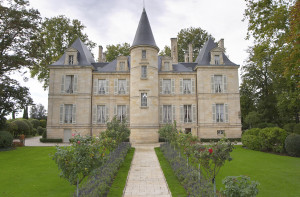
It was a close thing that this classification had never seen the light of day. At first, nobody thought about presenting Bordeaux wines at the Exhibition. And when the Chamber of Commerce in Bordeaux finally was commissioned to make a list of the best wine estates in the region, there was only a month left before the opening. But it did not matter.
The list of 60 chateaux in the Médoc (and Château Haut-Brion in the Graves) as well as 27 chateaux in Sauternes was completed in two weeks.
You can see the full list of chateaux in the 1855 Bordeaux classification here.
Do not taste the wines
How did they do it? Well, by not tasting a single wine. The chateaux on the list were simply the ones with the most expensive wines. The wines that people are willing to pay the most for must be the best, was the logic behind the strategy (or it could be that they simply had no time to do it in any other way).
Whatever the reason, when you think about it, what better impartial measure of the quality of a wine is there, than the price consumers are willing to pay?
Classification has nothing to do with terroir
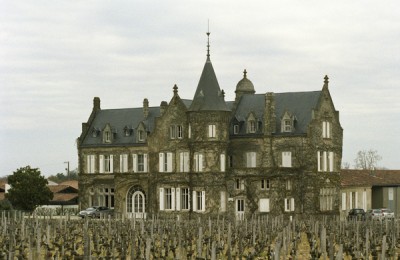
If you look closer at the 1855 classification you notice things that are not obvious at a first glance. Most important, this classification has nothing to do with terroir. It is the chateaux as brands that are classified.
A good example is Château Desmirail, a Grand Cru Classé of Margaux. Desmirail lost all its vineyards to Château Palmer in the 1920s (an unfortunate game of poker, perhaps?), But the grand cru classé-status was retained because it is the chateau, which is classified, not the vineyards. In 1981 Lucien Lurton bought the Desmirail and began to reconstruct the vineyard with new land.
It is pretty obvious that since 1855 a lot of things have happened in the Bordeaux vineyards. Most classified chateaux have more vines today than they had in 1855.
School gradings?
To classify estates and vineyards is a typical French phenomenon. Maybe this habit has to do with the French school system, where students incessantly are ranked according to performance. It does, however, undoubtedly give prestige to certain wines and many other wine regions and countries would probably like to have something similar.
What’s the point with a classification?
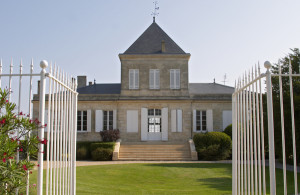
We talked to Laurent Cogombles, president of the Pessac-Léognan Producer Association, a few years ago when the region of Graves had plans to update its classification which dates from the 1950s. Laurent said he was sceptical to classifications.
To make a “fair” classification, he said, the only thing you should take into account is the price. Exactly like they did in 1855. But consumer can find the wines with the highest prices without the help of classifications.
On a stone tablet?
Only one slight modification has been made to the Bordeaux Grand Cru Classé 1855 classification (in 1973) and there will never again be any modifications. The classification still has an impact, that is certainly true, today perhaps more than it used to. But it is also very much like a historical monument.
Maybe an application for the Unesco World Culture Heritage list is the next step?
When you buy Bordeaux wine, do you find that the classification is a useful help? Write a comment!
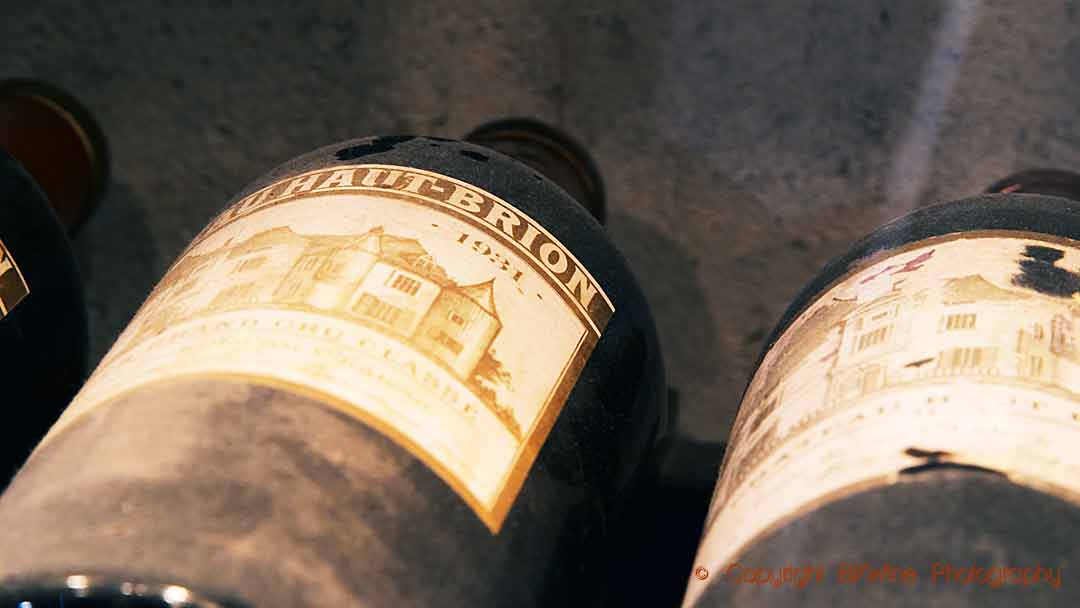



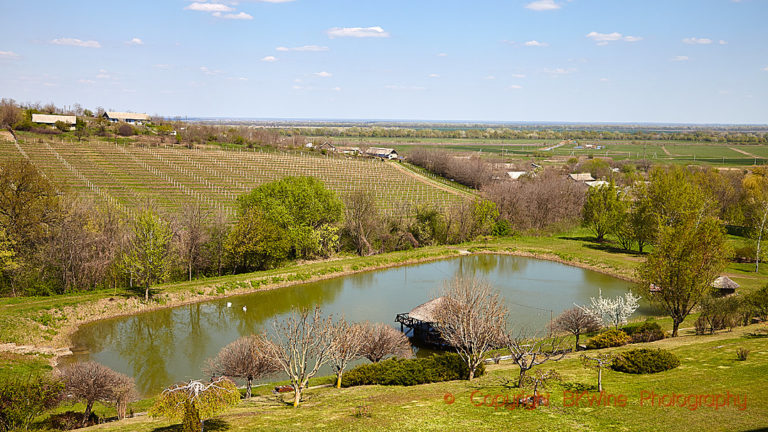

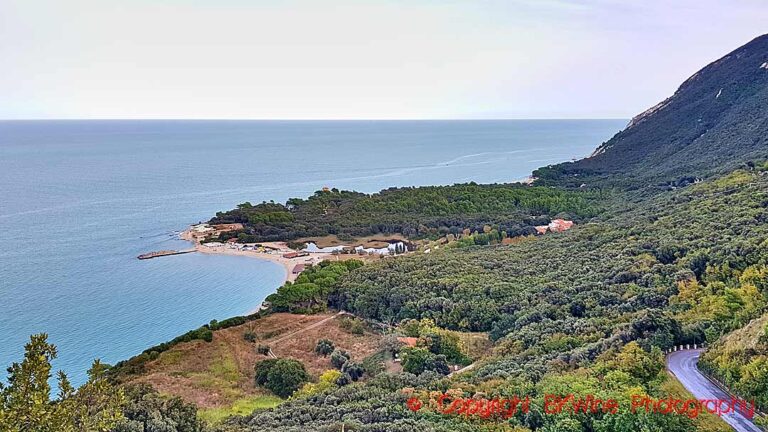





2 Responses